Understanding the Tanzania Safari Landscape
When it comes to experiencing the raw beauty of wildlife and majestic landscapes, few destinations can match the allure of Tanzania. Known for its diverse ecosystems and abundant wildlife, a Tanzania safari promises unforgettable encounters amidst some of the world’s most iconic natural parks. The country’s varied climate and geography play crucial roles in the ecology that attracts visitors from all around the globe.
Key National Parks in Tanzania Safari
Tanzania is home to several renowned national parks that offer distinct safari experiences:
- Serengeti National Park: Famous for its exceptional wildlife populations and the Great Migration, the Serengeti is arguably the most popular safari destination in Tanzania. The vast savannah is prime territory for spotting lions, elephants, and cheetahs.
- Ngorongoro Crater: A UNESCO World Heritage Site, this massive volcanic caldera hosts an astonishing array of wildlife. It is one of the best places to see the Big Five (lion, leopard, elephant, buffalo, and rhinoceros) in a concentrated area.
- Tarangire National Park: Known for its impressive elephant herds and towering baobab trees, Tarangire is ideal for wildlife enthusiasts seeking a more tranquil safari experience away from the crowds.
- Lake Manyara National Park: Famous for its tree-climbing lions and diverse bird species, Lake Manyara provides unique opportunities for both wildlife viewing and breathtaking scenery with its lakeside views.
- Ruaha National Park: This lesser-known gem offers a more remote safari experience, featuring stunning landscapes and one of the highest populations of elephants in the country.
Unique Ecosystems of Tanzania Safari
Tanzania’s varied ecosystems contribute to its status as a top safari destination:
• Grasslands and Savannahs: These areas create large grazing grounds for herbivores, supporting diverse predator populations.
• Wetlands and Lakes: Places like Lake Manyara support countless bird species and provide lush habitats for unique wildlife.
• Forests: Various forests in the region, such as the Mahale Mountains, are home to unique species like chimpanzees, making them perfect for primate trekking.
Seasonal Variations in Tanzania Safari
The best time for a Tanzania safari hinges on the season:
- Dry Season (June to October): This is ideal for wildlife viewing, as animals congregate near water sources, making them easier to spot.
- Wet Season (November to May): Although it may pose challenges due to rain, this time offers lush landscapes and migratory bird sightings.
- Calving Season (January to March): Experience the birth of wildebeest calves in the southern Serengeti, a mesmerizing sight for wildlife lovers.
Planning Your Tanzania Safari Itinerary
Creating the perfect itinerary for your Tanzania safari involves considering several essential factors, including duration, accommodations, and transportation.
Choosing the Right Duration for Your Tanzania Safari
The duration of your safari can significantly impact your experience. Whether you opt for a short, immersive visit or an extended adventure, here are standard lengths to consider:
- 3-5 Day Safari: Perfect for those with limited time, highlighting key parks such as the Serengeti and Ngorongoro Crater.
- 7-10 Day Safari: Allows for a more comprehensive experience, incorporating multiple parks and varied ecosystems.
- Long-Term Safari (10+ Days): Ideal for enthusiasts wishing to explore numerous parks at a relaxed pace, including Ruaha and Selous Game Reserve.
Accommodation Options During Tanzania Safari
Your safari lodging can drastically affect your comfort and experience:
- Tented Camps: For a closer-to-nature experience, tented camps offer comfortable amenities amid the wilderness, often allowing you to fall asleep to the sounds of night-time wildlife.
- Luxury Lodges: If you prefer upscale amenities, luxury lodges provide a premium experience with fine dining, spa services, and guided safari outings.
- Budget Campsites: For the adventurous travelers, budget campsites offer a more economical option, allowing you to immerse yourself fully in nature.
Transportation Modes for Tanzania Safari Adventures
Getting around Tanzania during your safari is straightforward, as you can choose from various transportation options:
- Safari Vehicles: Hiring a guided safari vehicle ensures you have an experienced driver who knows the best routes for spotting wildlife.
- Domestic Flights: For longer distances between parks, consider domestic flights, which can save time and provide stunning aerial views of Tanzania’s landscapes.
- Buses and Shuttles: For budget-conscious travelers, these are economical options, albeit with a slower travel pace.
Wildlife Encounters on a Tanzania Safari
A safari in Tanzania guarantees encounters with fascinating wildlife, from iconic species to spectacular migration events.
Iconic Animals to Spot in Tanzania Safari
Visitors to Tanzania can expect to see an impressive range of wildlife:
- Lions: Known as the “king of the jungle,” lions can often be seen lounging under trees in the Serengeti.
- Elephants: With some of the largest herds in Africa, elephants are a highlight for any safari-goer, especially in Tarangire National Park.
- Giraffes: Their gentle nature and unique appearance make them a favorite sight for photographers.
- Rhinos: Although endangered, the Ngorongoro Crater is one of the best places to spot these magnificent creatures.
- Cheetahs: Known for their speed, cheetahs are often spotted hunting in the open savannah.
The Great Migration and Its Significance in Tanzania Safari
The Great Migration is one of nature’s most breathtaking spectacles. This annual movement of millions of wildebeest, along with zebras and gazelles, occurs from the Serengeti in Tanzania to the Masai Mara in Kenya. The key phases include:
- Calving Season: The peak of the migration occurs between January and March when calves are born in the fertile southern Serengeti.
- River Crossings: The perilous crossings of the Mara River see much drama and are often one of the most photographed moments of a Tanzania safari.
- Return Migration: As the dry season approaches, herds return to the Serengeti, completing the full cycle of life.
Guided vs. Self-Drive Tanzania Safari
Choosing between a guided safari and a self-drive experience depends on your adventure level and personal preferences:
- Guided Safari: These offer experienced guides who can enhance your experience with insights and knowledge, ensuring you don’t miss vital wildlife sightings.
- Self-Drive Safari: This option allows for flexibility, letting adventurers chart their own paths and explore at their own pace, but requires preparation and knowledge of park rules.
Tanzania Safari Activities Beyond Wildlife Viewing
A fulfilling Tanzania safari encompasses experiences beyond just wildlife sightings. Engage with the rich culture and breathtaking scenery that abound in this mesmerizing country.
Cultural Experiences Along Your Tanzania Safari
Tanzania is a mosaic of diverse cultures. Engaging in cultural experiences can enrich your safari:
- Maasai Village Visits: Experience the traditions, music, and lifestyle of the Maasai people, renowned for their unique customs and vibrant dress.
- Cooking Classes: Learn about the local cuisine by taking part in a traditional cooking class in a local home or lodge.
- Craft Markets: Explore craft markets where local artisans sell their artwork, providing opportunities to purchase unique souvenirs.
Adventure Activities to Include in Your Tanzania Safari
For those seeking adrenaline-pumping moments, consider adding adventure activities to your itinerary:
- Hot Air Balloon Rides: Floating over the Serengeti at sunrise offers stunning aerial views and a unique perspective on wildlife below.
- Hiking Kilimanjaro: For the more adventurous, ascending Africa’s highest peak is a life-changing experience, often culminating in breathtaking views from the summit.
- Canoeing Safaris: Paddling through peaceful lake settings like Lake Manyara allows a different viewpoint on wildlife.
Photographic Opportunities During Tanzania Safari
Tanzania’s stunning landscapes and wildlife present countless opportunities for photography. To make the most of your time:
- Golden Hours: Early mornings and late afternoons are optimal for soft lighting and active wildlife.
- Close Encounters: Use zoom lenses for capturing close-up shots of animals in their natural habitat while keeping a respectful distance.
- Composition Techniques: Experiment with various angles, such as low shots or panoramic vistas, to capture the dramatic landscapes of Tanzania.
Budgeting and Costs for a Tanzania Safari
Understanding the financial aspects of planning your Tanzania safari is essential to setting realistic expectations and ensuring a memorable experience without financial strain.
Essential Expenses to Consider for Tanzania Safari
Budgeting properly for your safari means accounting for various expenses:
- Park Entry Fees: These fees contribute to conservation and range from moderate to significant costs, depending on the parks you visit.
- Accommodation Costs: Depending on the type of lodging, prices can range widely; therefore, research is essential to find options that fit your budget.
- Guided Tours and Activities: Factor in costs for guided experiences or any additional activities you plan to enjoy during your safari.
Cost-Effective Tips for Your Tanzania Safari
To make your safari budget go further, consider these cost-saving strategies:
- Travel Off-Peak: Visiting during the low season can significantly reduce costs for accommodations and tours.
- Local Dining: Enjoy meals at local spots rather than tourist-centric restaurants for more affordable and authentic cuisine.
- Package Deals: Hunting for all-inclusive safari packages can reduce costs through bundled deals on lodging, meals, and experiences.
How to Get the Best Value for Your Tanzania Safari
Maximizing value involves careful planning and preparation:
- Research Thoroughly: Learning about potential itineraries, costs, and lodging options can help you make informed choices.
- Engage Local Guides: Hiring local guides not only supports the economy but can also yield profound, insider knowledge to enhance your safari experience.
- Prioritize Activities: Decide on must-do experiences versus optional activities to tailor your budget to what matters most to you.
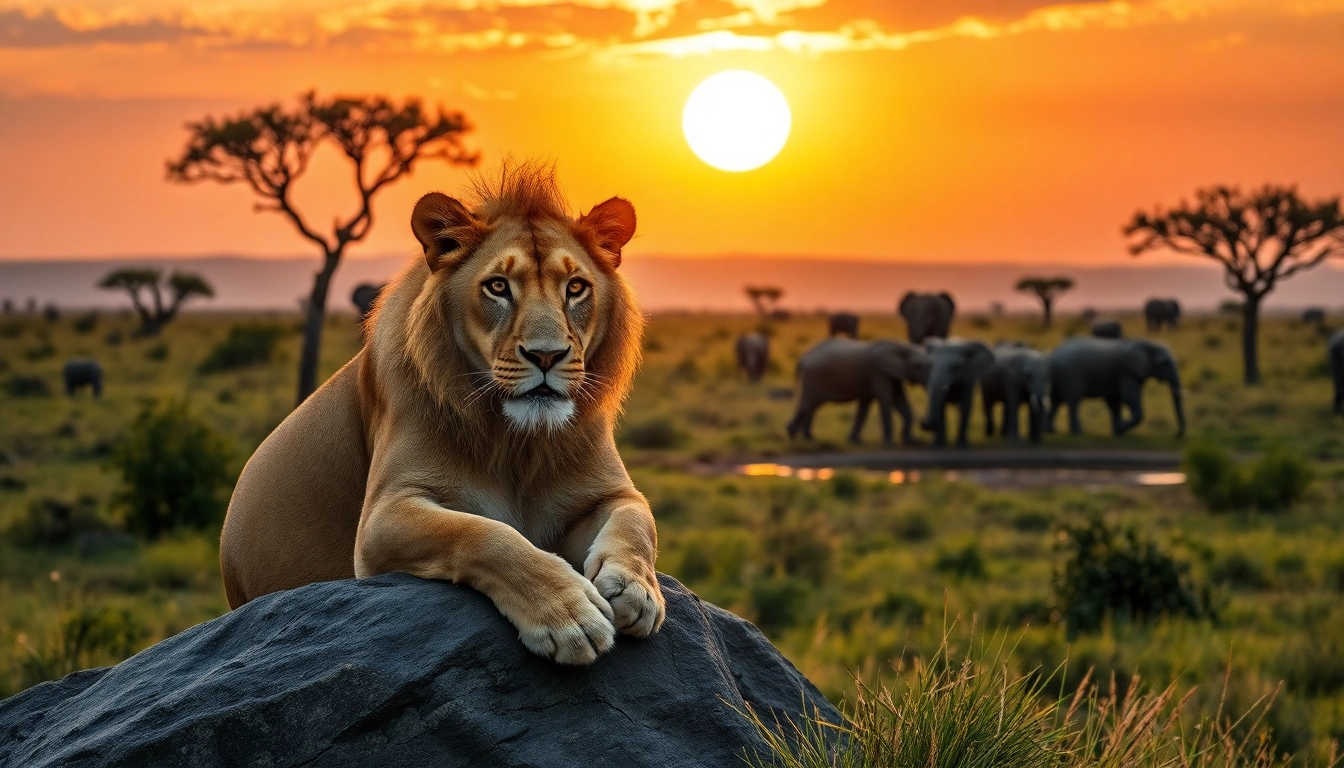

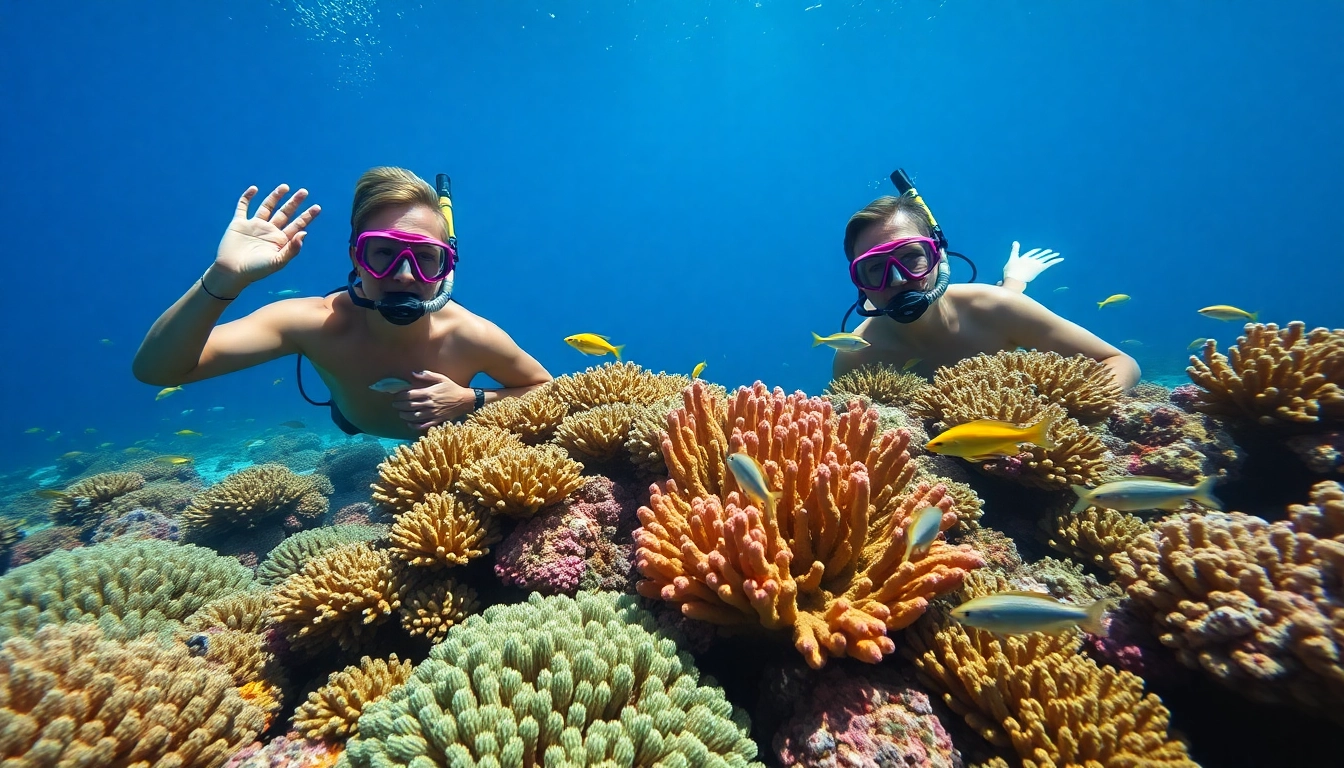

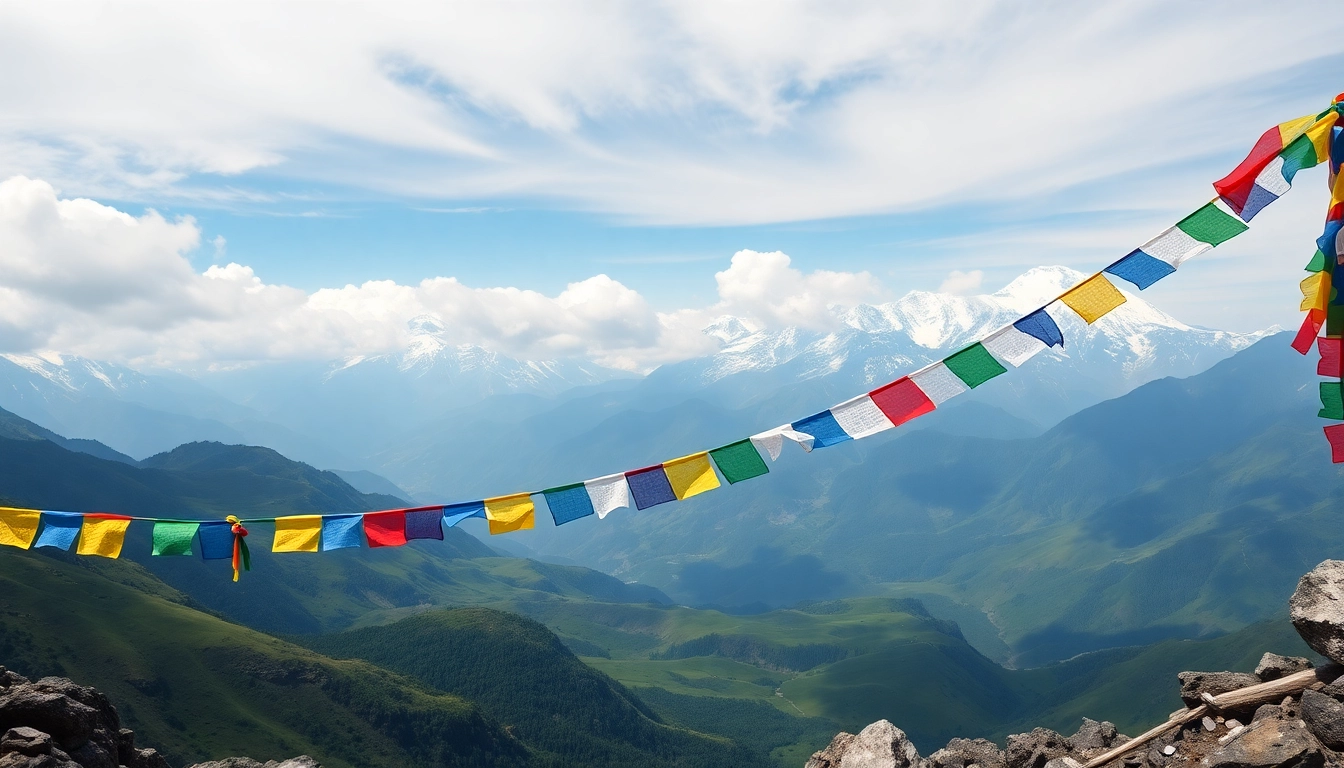
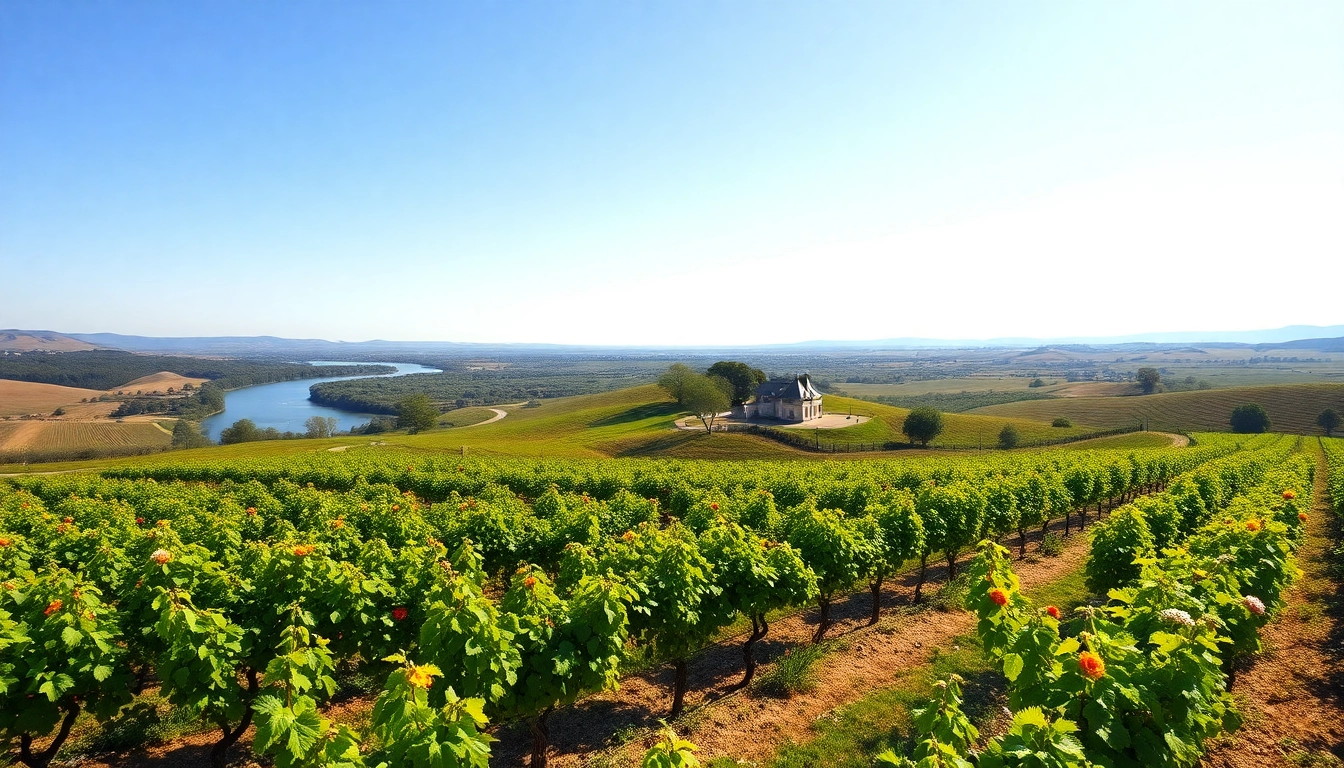
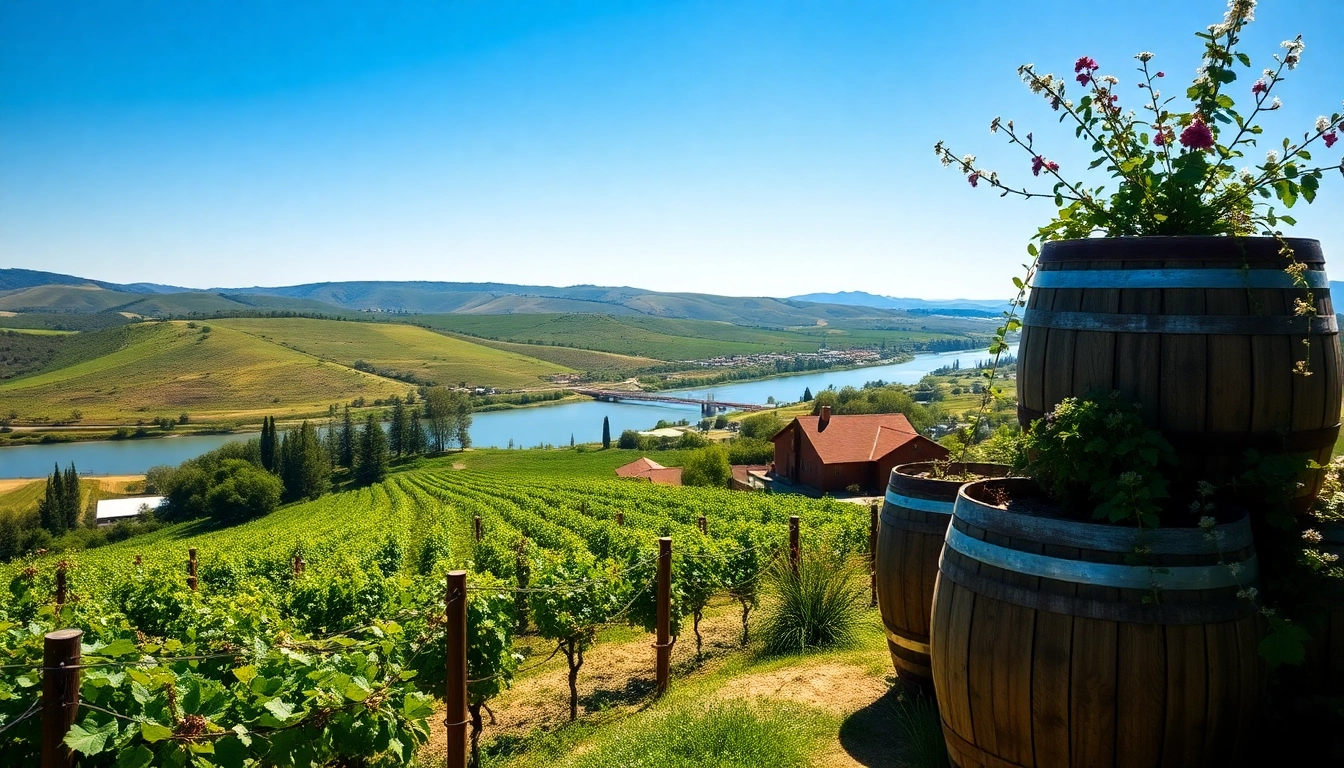
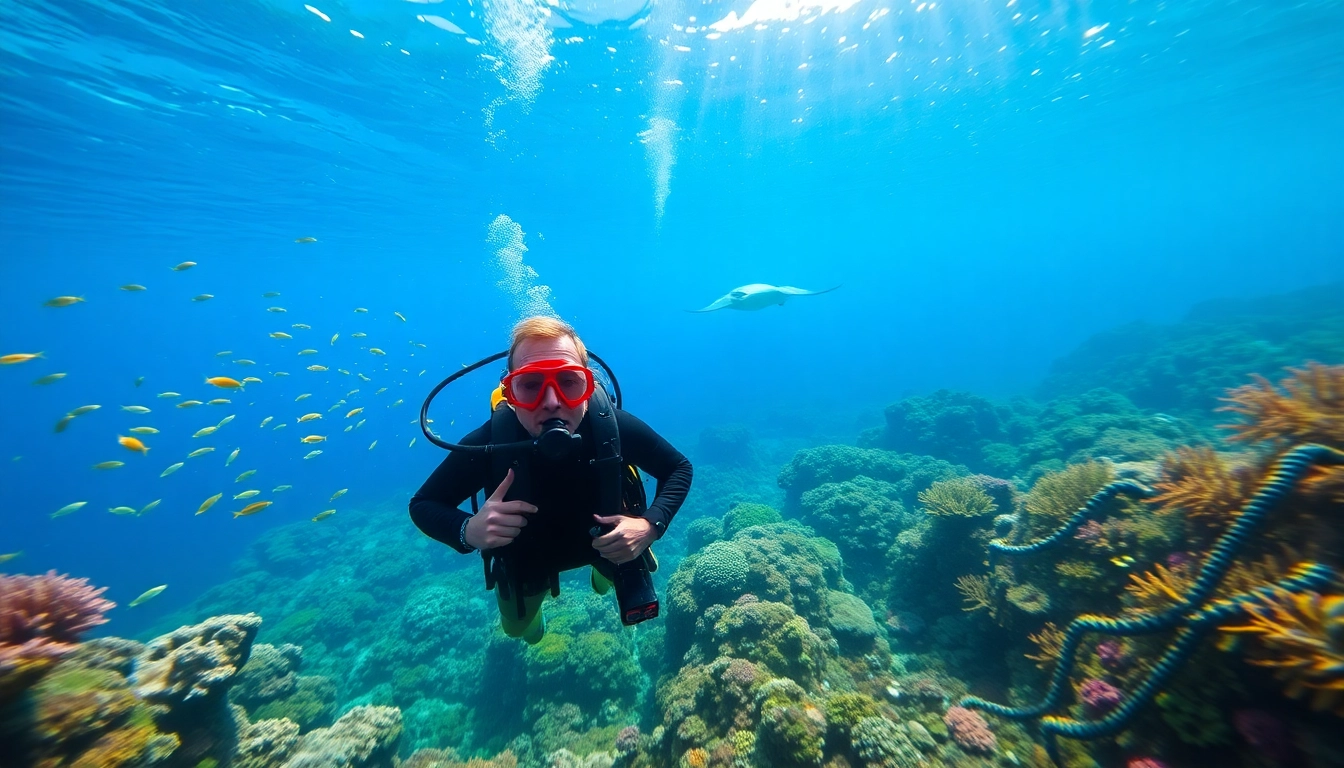


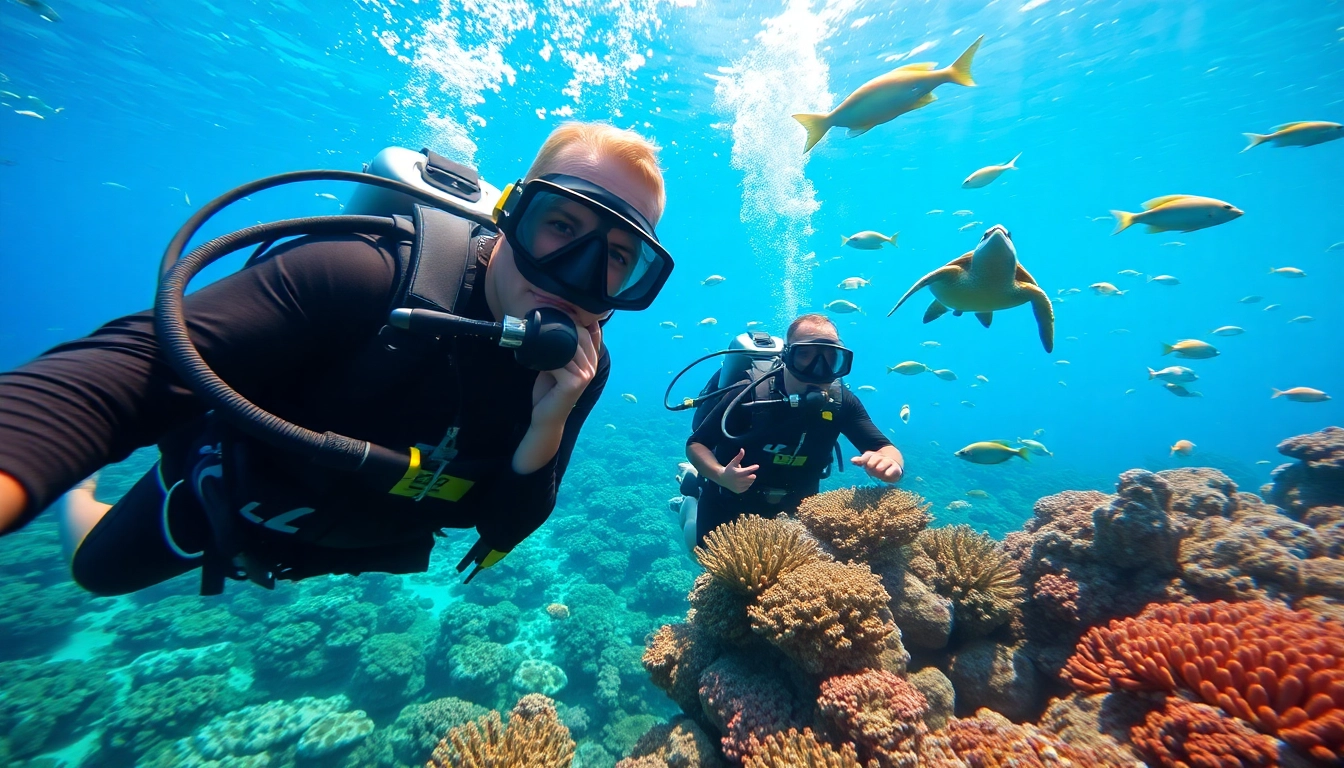




Leave a Reply